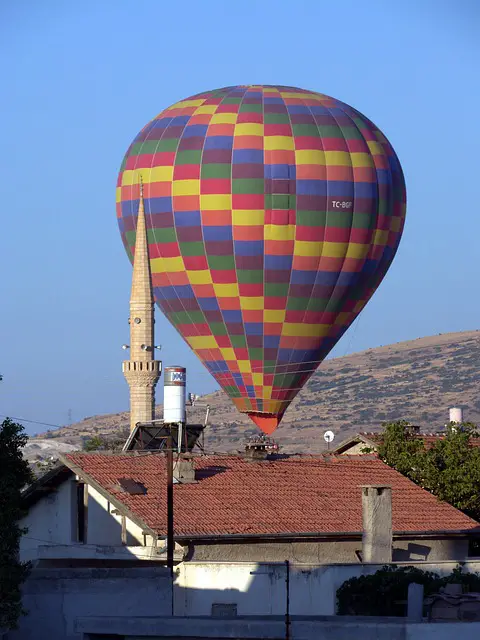Wingsuit flying, a thrill-seeking sport that takes adrenaline-pumping to a whole new level, is becoming increasingly popular. Often referred to as the closest humans can get to experiencing the flight of birds, wingsuit flying offers an unparalleled sense of freedom. However, it’s also a dangerous sport that requires a significant amount of training, expertise, and awareness.
What Is Wingsuit Flying?
Wingsuit flying involves jumping from high altitudes – usually from a plane or a cliff – while wearing a suit specifically designed to slow descent and provide lift. With wingsuits, human flyers become living gliders, able to control their in-flight direction and speed using slight movements of their bodies.
Is Wingsuit Flying Dangerous?
Yes, wingsuit flying carries a considerable level of risk. It’s inherently perilous due to the heights involved and the speed at which fliers descend. However, accidents can be mitigated significantly through proper training, experience, and the use of high-quality safety equipment.
How can potential risks be minimized?
Firstly, comprehensive and rigorous wingsuit training is essential. Many beginners start by skydiving, as it provides a foundation for the skills needed in wingsuit flying. Additionally, using reliable equipment and checking it regularly can help minimize risks, as well as choosing safer flight paths and jumping spots.
How Can I Start Wingsuit Flying?
While it may seem daunting, getting into wingsuit flying is a process that can be broken down into several stages.
1. Start Skydiving
Before you even consider wingsuit flying, you must become an experienced skydiver. It’s generally recommended to complete at least 200 skydives before transitioning to a wingsuit. This experience will familiarize you with controlling your body in freefall and handling emergency procedures.
2. Take a Wingsuit Course
After gaining considerable skydiving experience, the next step is to take a wingsuit flying course from a certified instructor. This course will introduce you to the fundamentals of wingsuit flying, including suit operation, flight techniques, emergency procedures, and landing patterns.
3. Buy a Wingsuit
Once you’ve successfully completed the training course, it’s time to purchase your own wingsuit. Initially, it’s recommended to buy a beginner suit designed with larger surface areas for easy control and slower flight.
4. Gain Experience
Beginner wingsuit flyers should aim to make at least 50 wingsuit jumps under the supervision of a coach or an experienced wingsuit flyer. It’s crucial to master control over your suit before attempting to fly in more complex environments.
Frequently Asked Questions About Wingsuit Flying
How fast can you go in a wingsuit?
Wingsuit flyers typically have a forward speed of around 100–125 miles per hour.
How long can you stay in the air with a wingsuit?
Flight times vary depending on various factors, but an experienced wingsuit flyer might expect to be in the air for 2–3 minutes before deploying their parachute.
Can anyone just start wingsuit flying?
No, wingsuit flying requires significant skydiving experience. Moreover, proper training in wingsuit flying techniques is necessary before attempting this extreme sport.
In conclusion, wingsuit flying presents a thrilling and unforgettable experience, but it is not something to be taken lightly. The risks involved demand respect, preparation, and devotion to developing your skills. With time, practice, and adherence to safety procedures, you can experience the incredible freedom that wingsuit flying provides.




